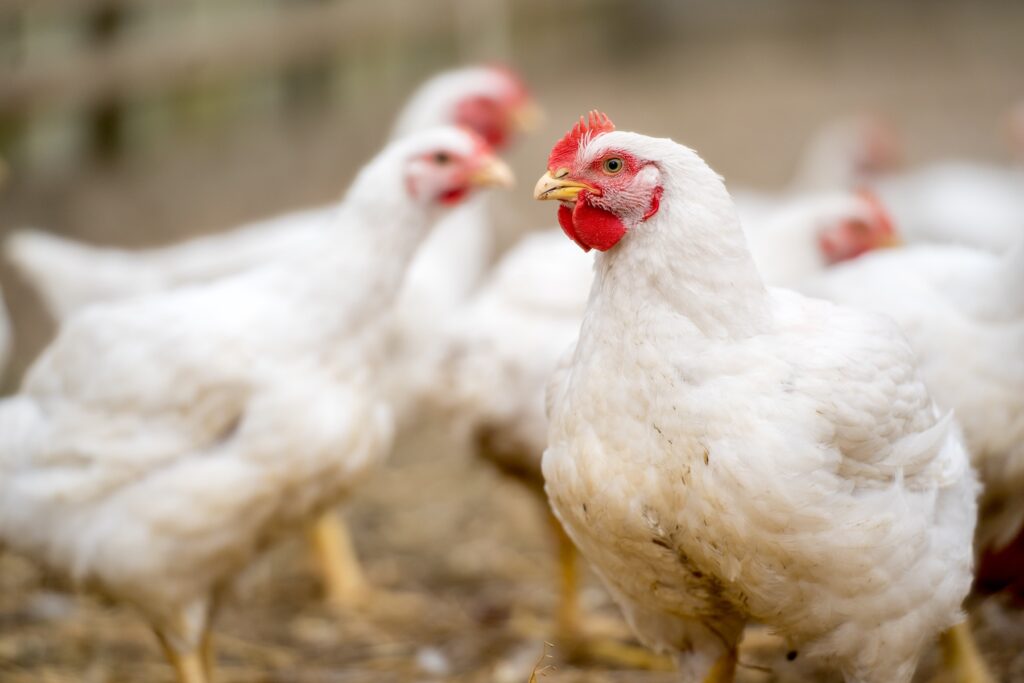Avian flu risk reduced to medium
9th November 2023
Defra has downgraded the risk of HPAI H5 in wild birds, after a reduction in the number of findings.

The risk of HPAI H5 in wild birds has been reduced from high (event occurs very often) to medium (event occurs regularly).
Meanwhile, the risk of HPAI H5 remains low (event is rare but does occur) in poultry.
Since 1st October 2023, there have been no cases of HPAI confirmed in England, Wales or Northern Ireland, and one case in Scotland.
This is compared to 366 cases in the UK since October 2021, when the UK began battling its largest ever outbreak of avian flu.
While the risk in wild birds has reduced the virus is still circulating in wild birds in Great Britain and all bird keepers should remain vigilant for signs of disease, Defra said.
The risk is continually reviewed and may increase again as autumn migration continues.
The outbreak has hit poultry farmers hard, resulting in the loss of millions of birds and extended mandatory housing periods meaning eggs could no longer be labelled ‘free range’ in early 2022 and 2023.
One egg producer who shared his story at the BFREPA Live event this year, lost 192,000 hens to avian flu after a mandatory cull in January.
New insights in avian flu, from scientific consortium FluMap, recently revealed avian flu can travel less than 10m through the air, so airborne travel between farms is very unlikely. They also found Northern Gannets and Shag are showing signs of developing immunity to AI, though AI viruses are prone to change and antibody levels will likely decline over time.
Defra has launched an interactive map of reporting wild bird mortality, and findings of avian flu in wild birds and mammals.
There is also an avian flu in wild birds interactive dashboard, updated weekly, which shows results from APHA’s surveillance programme.
